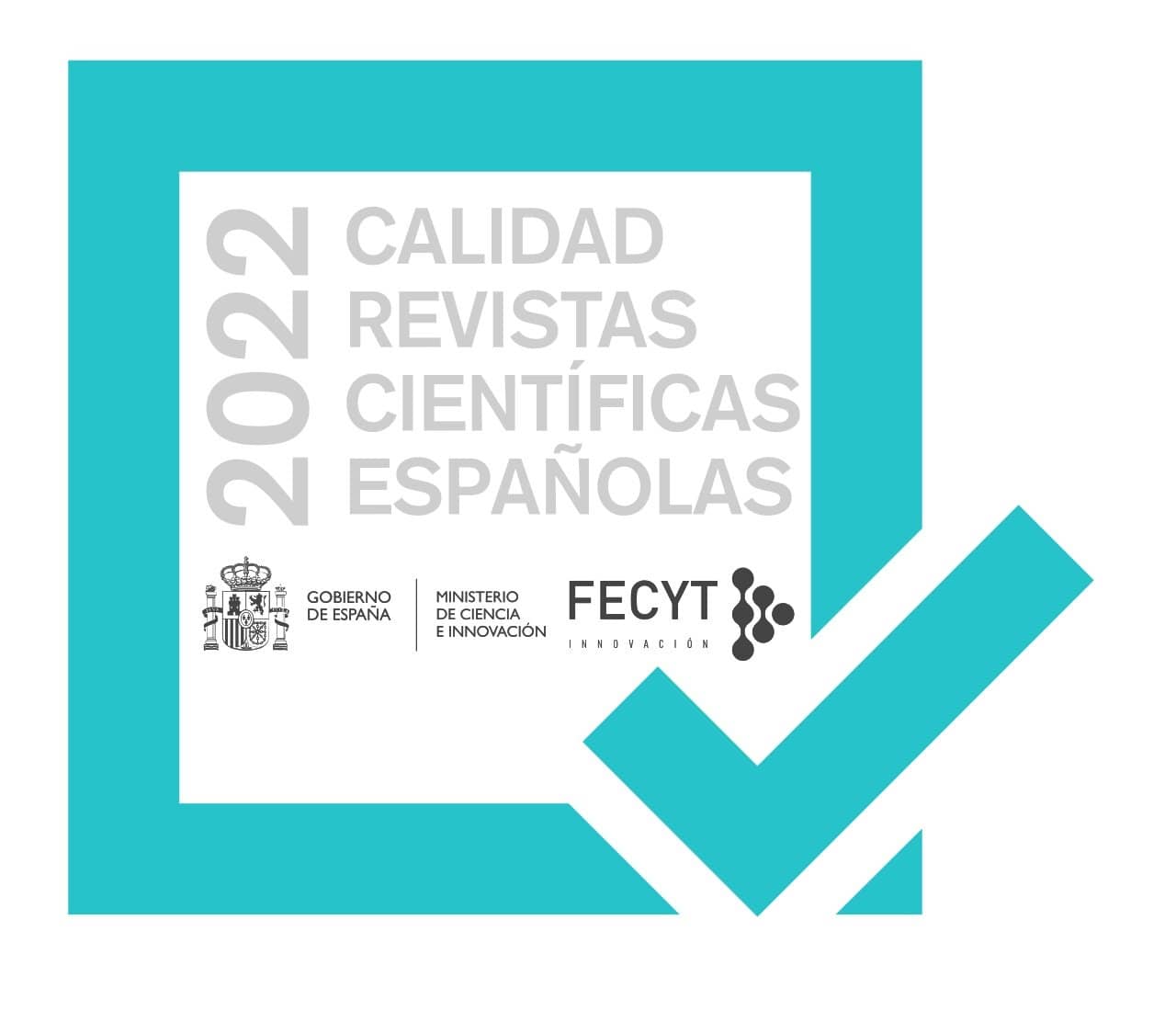LINEARITY IN LANGUAGE. RHETORICAL-DISCURSIVE PREFERENCES IN ENGLISH AND SPANISH IN THE LIGHT OF KAPLAN’S MODEL
Abstract
In the present work the author tries to analyse one of the fundamental concepts that underlie Kaplan's theory: his idea of “linearity”. Rather surprisingly, despite its importance, it is a construct that usually goes undefined in the literature. Different parameters of rhetorical organisation will be considered in this paper in order to clarify the essence of linearity. We shall check then Kaplan’s contention that English is a “linear” language whereas Spanish, a member of the Romance family, is characterised by a broken or non-linear structure. We shall also verify if there exist differences between English and Spanish in the discursive organisation of an expository text. Finally, we shall discuss which parameters appear to be more coincidental and more divergent within the rhetorical organisation of each language.Downloads
The works published in this journal are subject to the following terms:
1. The Publications Services at the University of Murcia (the publisher) retains the property rights (copyright) of published works, and encourages and enables the reuse of the same under the license specified in item 2.
2. The works are published in the electronic edition of the magazine under a Creative Commons Attribution Non-commercial Share Alike 4.0.
3.Conditions of self-archiving. Authors are encouraged to disseminate pre-print (draft papers prior to being assessed) and/or post-print versions (those reviewed and accepted for publication) of their papers before publication, because it encourages distribution earlier and thus leads to a possible increase in citations and circulation among the academic community.
RoMEO color: green








